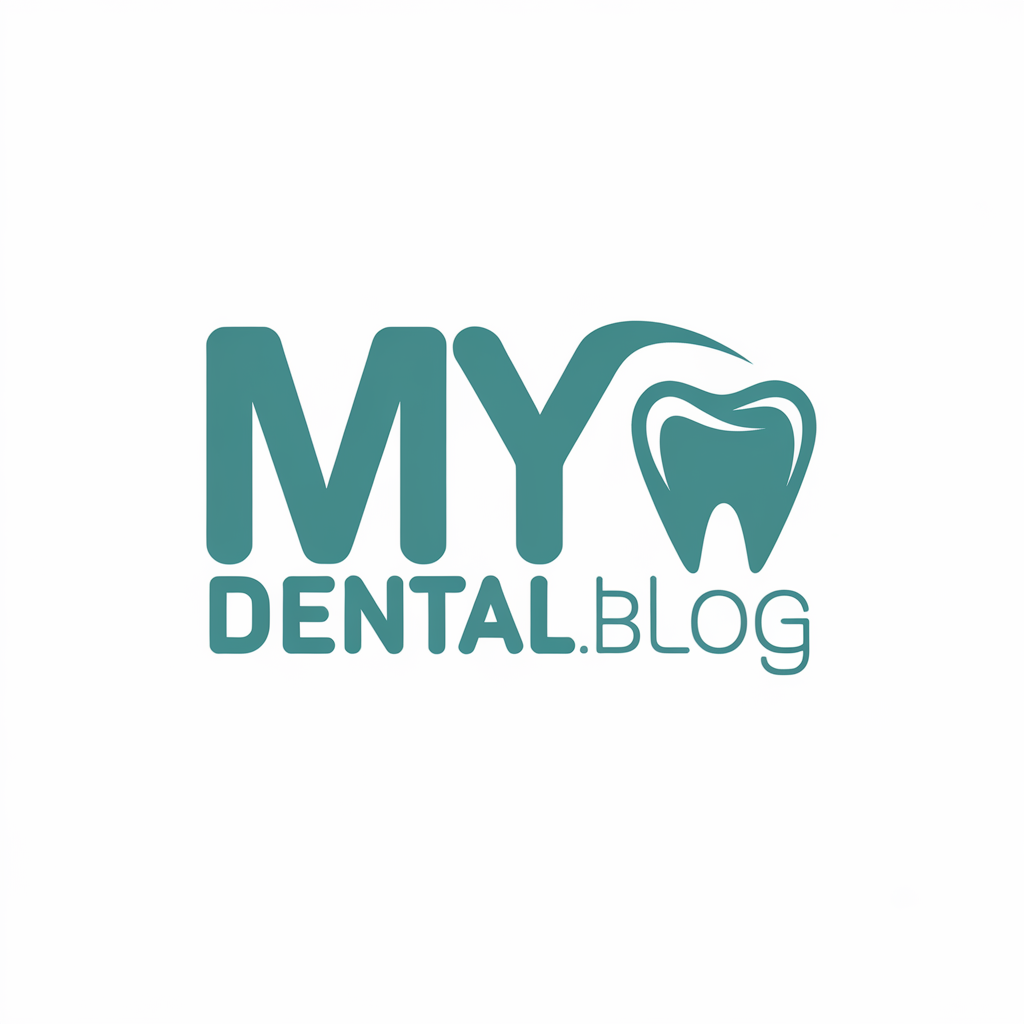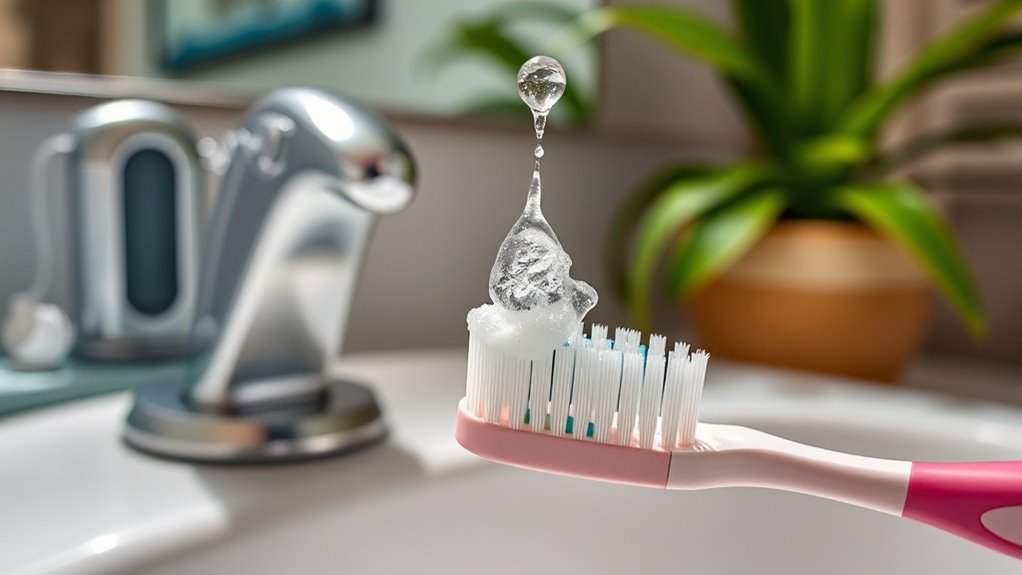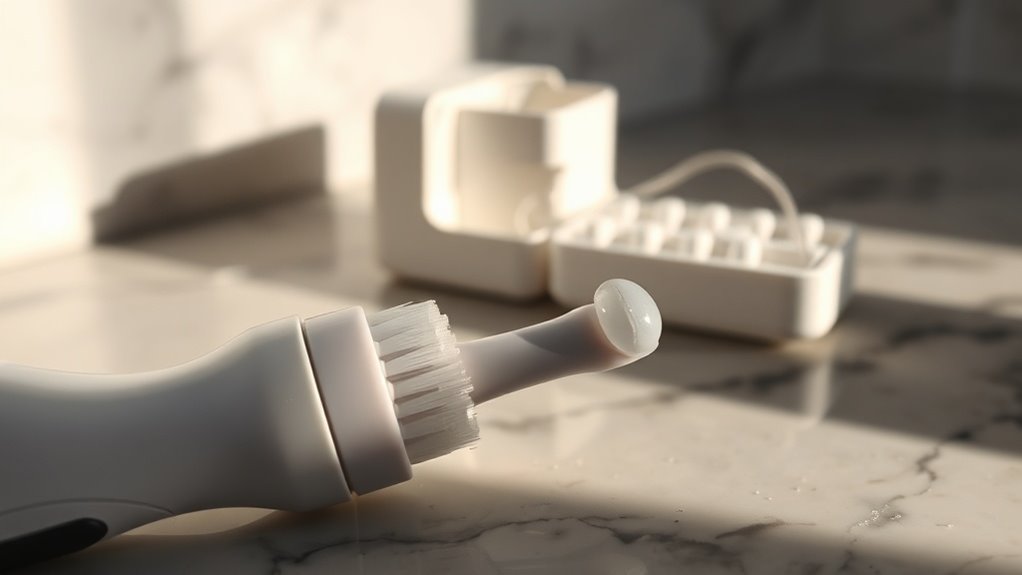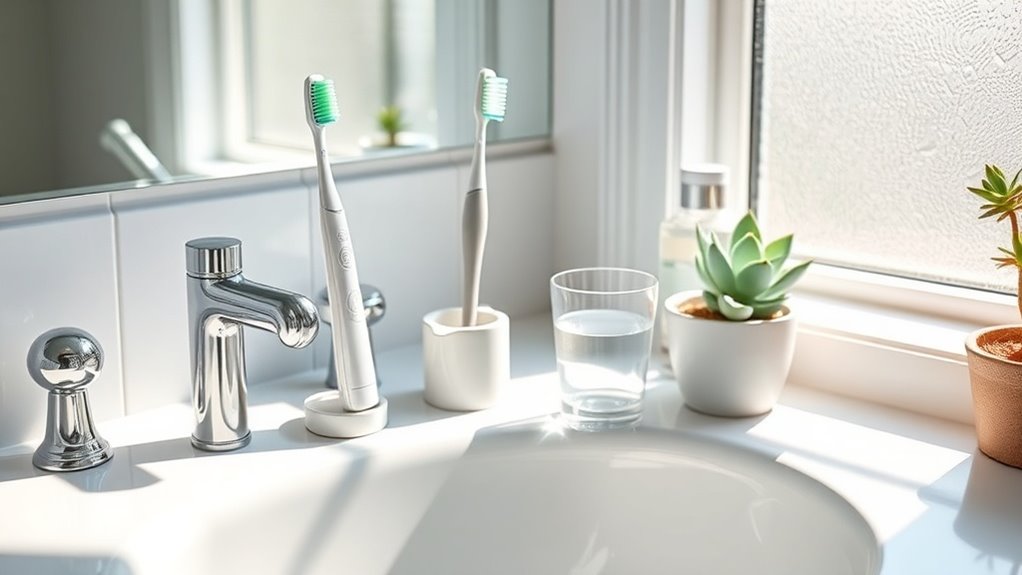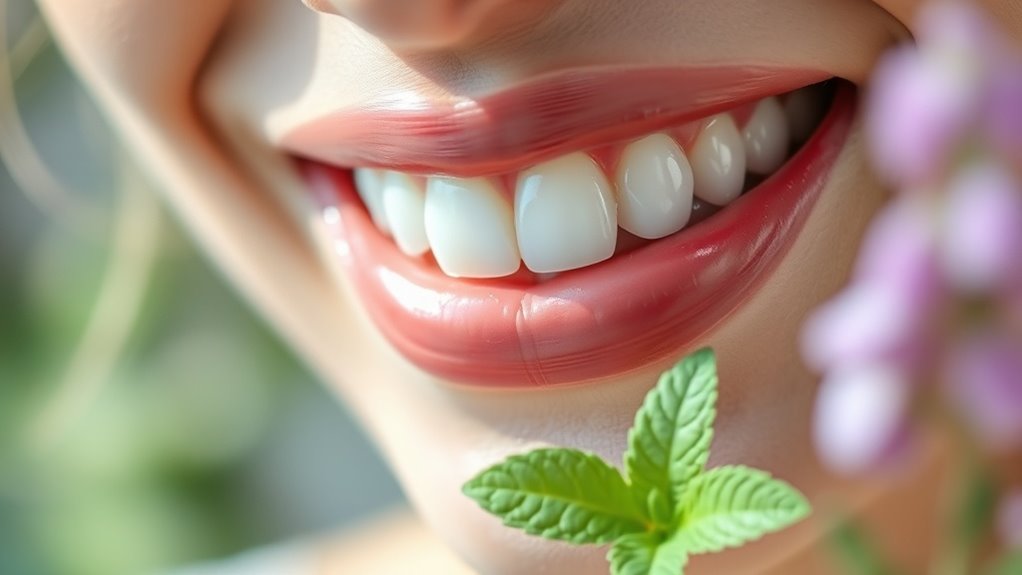The Right Way to Brush That Dentists Wish You Knew
Did you know that 80% of dental issues can be prevented with proper brushing techniques? Many people overlook the vital steps to maintain their oral health, which can lead to plaque buildup and other problems. You might think you’re brushing correctly, but are you really? Understanding the nuances of effective brushing can make a significant difference in your overall dental care. Let’s explore the essential techniques you should know.
Understanding the Importance of Proper Brushing
Proper brushing is essential for maintaining good oral health and preventing dental issues like cavities and gum disease.
When you practice proper brushing techniques, you’re removing plaque and food particles effectively, reducing the risk of decay.
Aim for at least two minutes, ensuring you cover all tooth surfaces.
Consistent, proper brushing not only keeps your smile bright but also contributes significantly to your overall health. Additionally, using a soft-bristled toothbrush helps protect your gums while enhancing plaque removal.
Choosing the Right Toothbrush and Toothpaste
How do you choose the right toothbrush and toothpaste for your oral health needs?
Start by selecting a toothbrush with soft bristles to reduce gum irritation. Consider the size of the head; it should fit comfortably in your mouth. Additionally, remember to evaluate personal dental needs as this will help guide your choice of toothbrush and toothpaste, ensuring they cater to your specific conditions. For toothpaste, look for fluoride options to strengthen enamel. If you have specific concerns, consult your dentist for personalized recommendations.
Mastering the Correct Brushing Technique
Choosing the right toothbrush and toothpaste sets the foundation for effective oral care, but mastering the correct brushing technique takes your dental routine to the next level.
Focus on these practices:
- Hold the brush at a 45-degree angle to your gums.
- Use gentle, circular motions to clean each tooth’s surface.
- Don’t forget to brush your tongue for fresher breath.
- Remember to brush for at least two minutes to ensure a thorough cleaning for optimal results!
The Role of Timing and Frequency in Brushing
While brushing your teeth is essential for maintaining good oral health, the timing and frequency of your brushing sessions can significantly impact their effectiveness.
Aim to brush at least twice a day—once in the morning and once before bed.
Additionally, try not to brush immediately after eating, especially acidic foods, as this can harm enamel.
Consistency is key for optimal dental hygiene. Regular brushing at both times controls bacterial growth for a healthier mouth.
Don’t Forget About the Other Areas: Flossing and Mouthwash
Brushing alone doesn’t cover all your oral health needs, and that’s where flossing and mouthwash come into play.
Incorporating these tools into your routine ensures you tackle plaque and bacteria effectively.
- Flossing removes food particles stuck between your teeth.
- Mouthwash combats germs, leaving your mouth feeling fresh.
- Together, they enhance overall dental hygiene, complementing your brushing efforts. Additionally, using mouthwash can reduce plaque and bacteria that brushing alone may miss.
Common Mistakes to Avoid While Brushing
Many people unknowingly make common mistakes when brushing their teeth that can hinder their oral hygiene efforts.
Skipping the two-minute rule, using a hard-bristled brush, or brushing too aggressively can damage gums and enamel.
Additionally, neglecting the tongue and disregarding proper technique can lead to plaque buildup.
